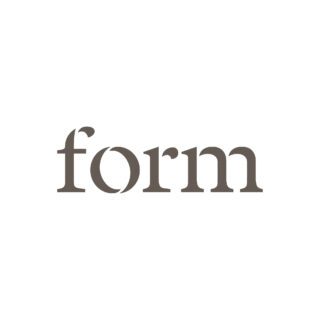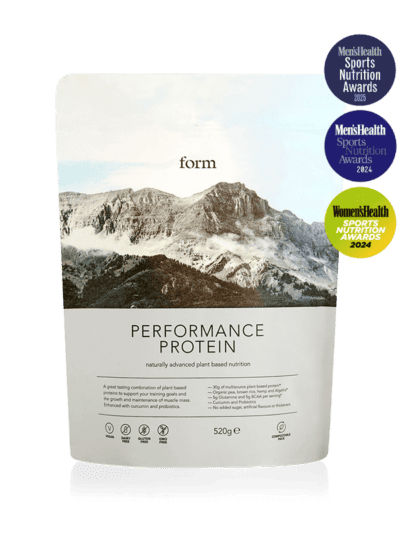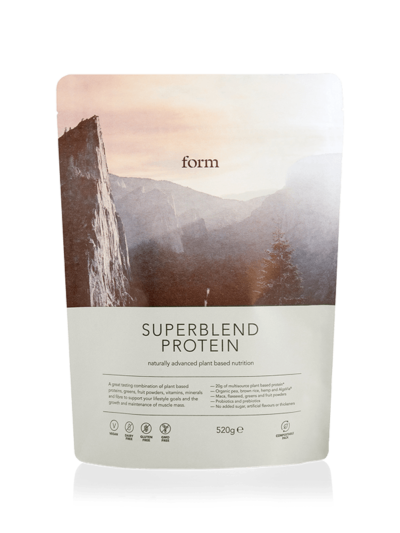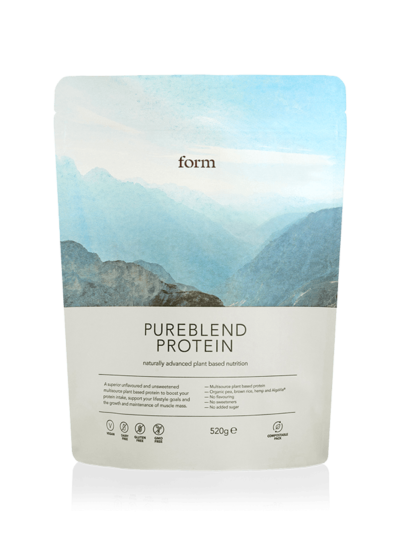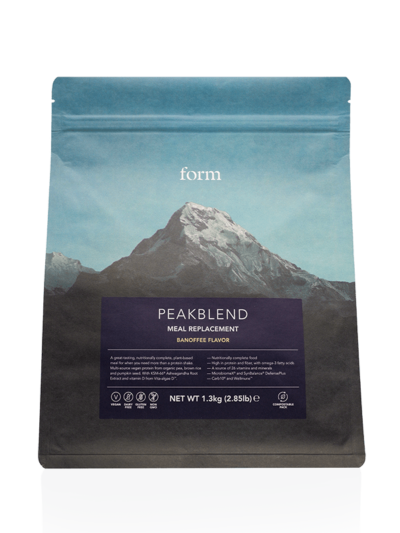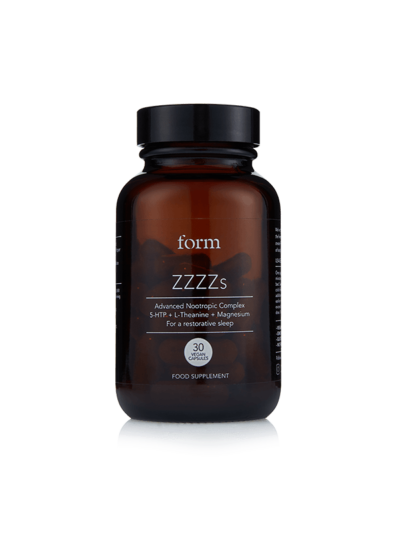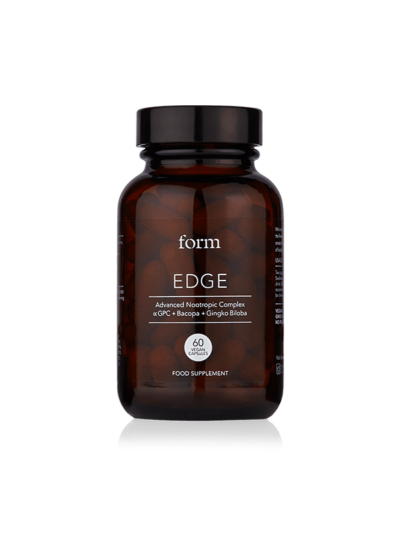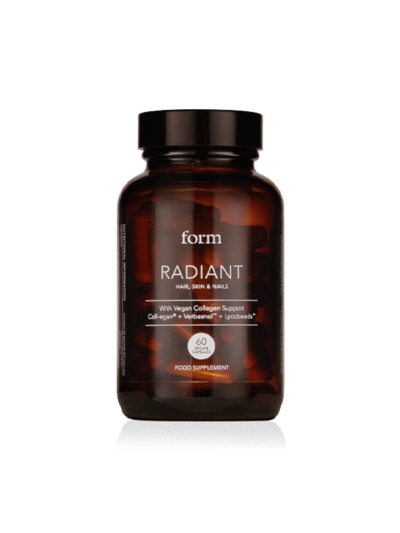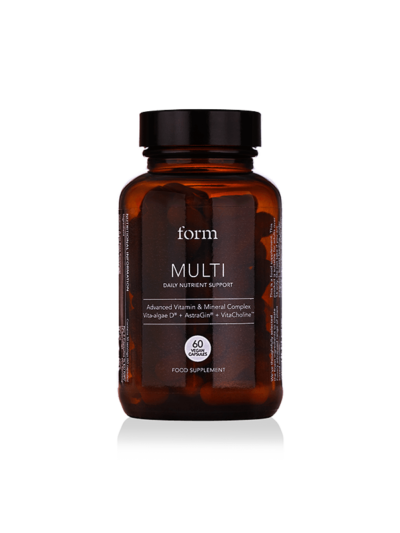Ask Dr Adam: Is It Dangerous to Exceed NRVs in Supplements?
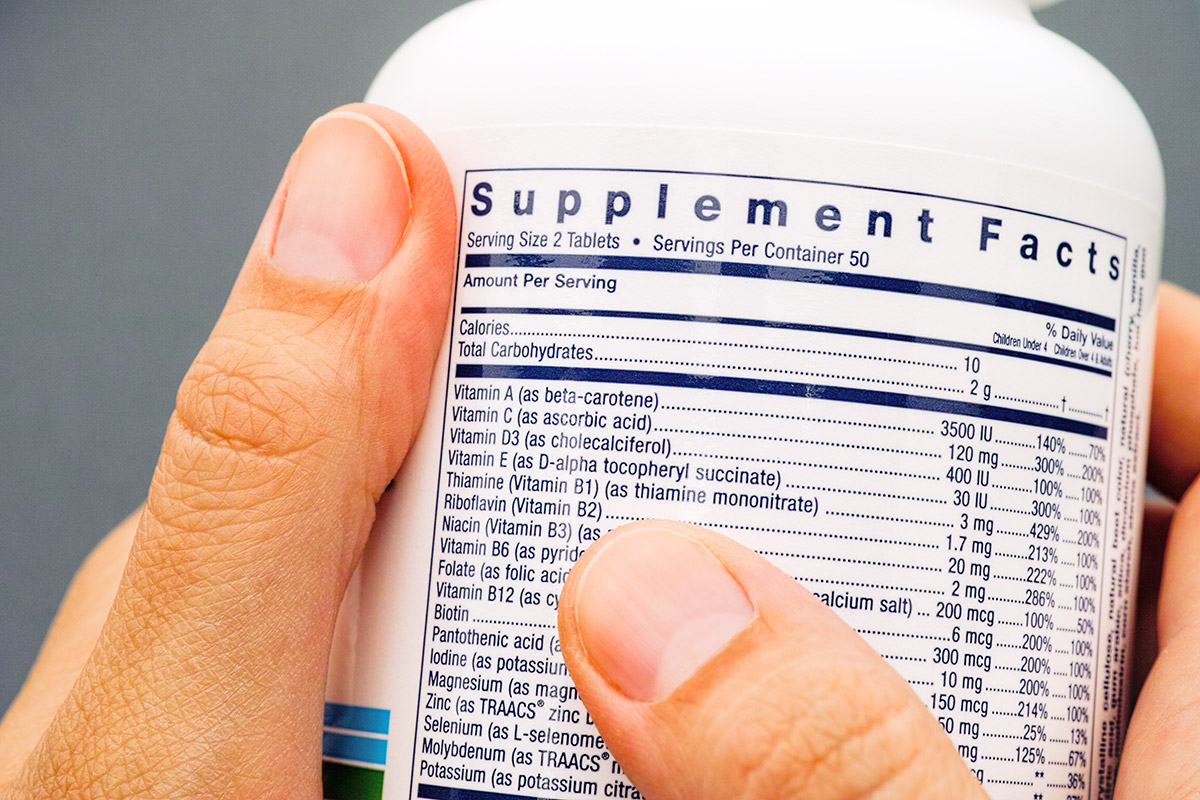
You’ve probably seen the term NRV crop up on the back of your supplements. This acronym stands for ‘Nutrient Reference Value’ and, put simply, refers to the recommended daily quantity of a nutrient an average person needs to remain healthy.
But in the age of smart supplement routines and fortified foods, it’s easy to worry about exceeding the NRVs, especially when a label says you’re getting 100% of a certain vitamin on the daily, and you know you’re topping up that figure through your diet.
So, is it really a problem if you go over the NRV? And are some vitamins more likely to cause an issue than others? To get the lowdown on how NRVs work and whether exceeding them is risky, we turned to Form’s Head of Nutrition Dr Adam Collins to shed some light on the topic…
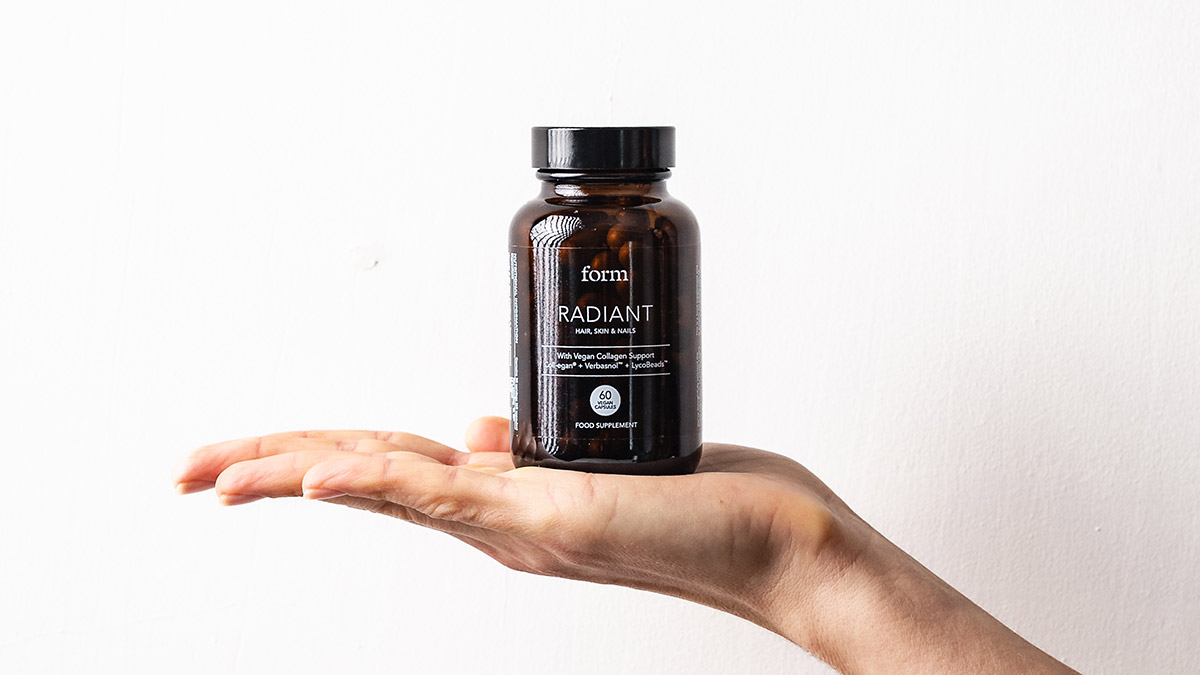
What are NRVs and how do they work?
The term NRV stands for Nutrient Reference Value, a modern replacement for the older term Dietary Reference Values (DRV). These values are set to ensure that 97.5% of a healthy adult population gets enough of each nutrient to avoid deficiency.
However, they do not necessarily reflect the optimal levels for everyone. In some cases, like with Vitamin D, there wasn’t even a standard NRV until recently.
When you see a percentage of NRV on a label, it shows how much of a nutrient is in the product relative to the recommended intake, not necessarily the amount of the active nutrient. For example, our Radiant supplement contains 800 mcg of Vitamin A, which is 100% of the NRV.
But this Vitamin A is in two forms – retinyl acetate and beta carotene – and not all forms of Vitamin A are equally potent. The active form is retinol, and the effectiveness of retinyl acetate is only about 33% of retinol’s potency, while beta carotene is just 8.3% as effective.
So, while the supplement shows 100% NRV, its actual retinol equivalent is much lower – only about 0.33 mg.
For comparison, our Multi supplement contains 800 mcg of Vitamin A as beta carotene, equating to just 67 mcg of retinol equivalents, while our Peakblend meal replacement has 240 mcg, or 79 mcg of retinol equivalents.
The upper safe limit for Vitamin A intake is 3 mg of retinol equivalents per day, so there’s little risk of exceeding this through our supplements, unless you are also consuming high amounts of foods like liver, which are very rich in retinol.

Should I be concerned?
The concern about taking too many vitamins or minerals through supplements is generally only relevant if you’re consuming much higher amounts than you would through food or supplements (for example, if you’re taking multiple supplements of a single vitamin).
Fat-soluble vitamins like Vitamin A, D, and E are more likely to build up in your system, but even here, the risk is low. For example, the upper safe limit for Vitamin D intake is 4000 IU per day, much higher than the 1000 IU in our Multi and 300 IU in Peakblend.
Most diets typically provide much less than this, and many people, especially those on plant-based diets, get even lower amounts.
As for water-soluble vitamins like Vitamin B, C, and beta-carotene, the body usually excretes any excess.
The risk of toxicity would require both excessive intake and impaired absorption, which could be affected by other dietary factors. For minerals like iron, zinc, and calcium, they compete for absorption, but this is less of an issue when consumed through whole foods because nutrients are absorbed at different times and places in the gut.
Final thoughts
Overall, our supplements are designed to provide nutritional insurance – ensuring you get a safe, balanced intake without the risk of exceeding recommended levels. To stay safe, you should have a general focus on maintaining balance, ensuring you’re meeting but not excessively exceeding NRVs.
This is especially important if you’re stacking multiple supplements, as it can be easy to unintentionally go over certain nutrient levels. However, our products alone are formulated to be very low risk, even when combined with your diet or other supplements.


